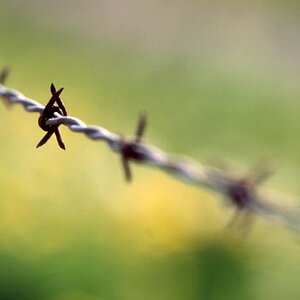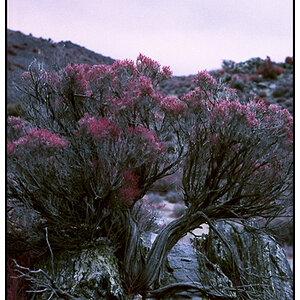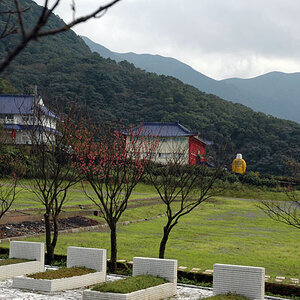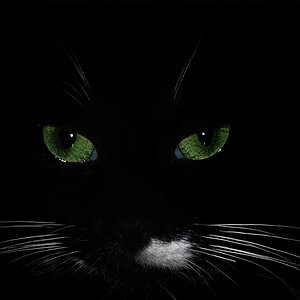Helen,
Spooky or what,
The mine I refer to is the last of the small room & pillar gypsum mines in the Eden Valley, NW England!
The only flourescence I have seen occurs where the strata is very damp in old near-surface workings where small beads of moisture on the surface of the gypsum appear to be the cause. This is not noticable in normal circumstances.
Did you get any photos underground here when you came, It would be interesting to see them.
Jim
Spooky or what,
The mine I refer to is the last of the small room & pillar gypsum mines in the Eden Valley, NW England!
The only flourescence I have seen occurs where the strata is very damp in old near-surface workings where small beads of moisture on the surface of the gypsum appear to be the cause. This is not noticable in normal circumstances.
Did you get any photos underground here when you came, It would be interesting to see them.
Jim







![[No title]](/data/xfmg/thumbnail/42/42016-4e3a2f053aa7a987a0b51e5a0fe85262.jpg?1619739978)

![[No title]](/data/xfmg/thumbnail/42/42017-05f80a89ca2890969b5dc7cc47872581.jpg?1619739979)


